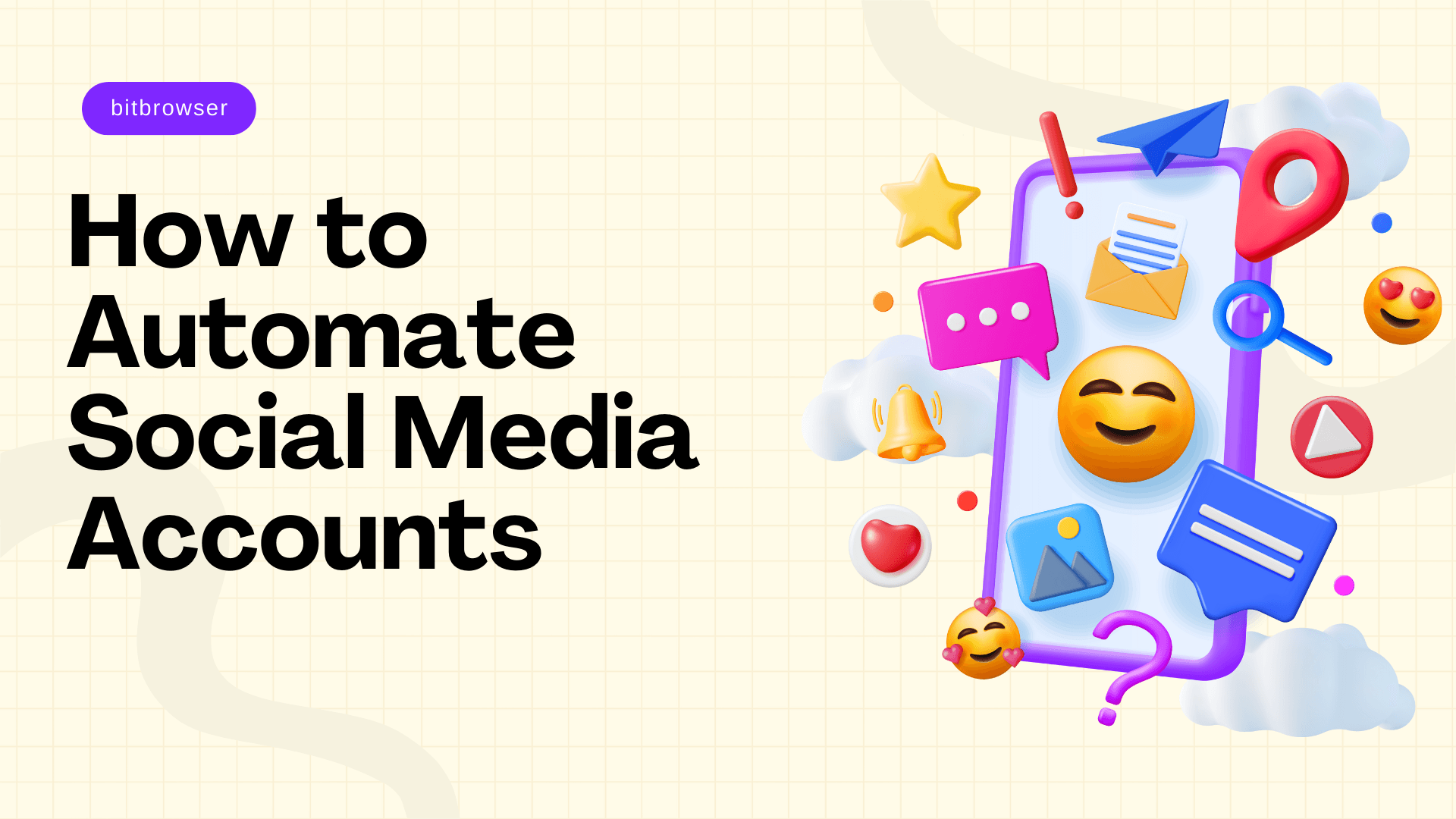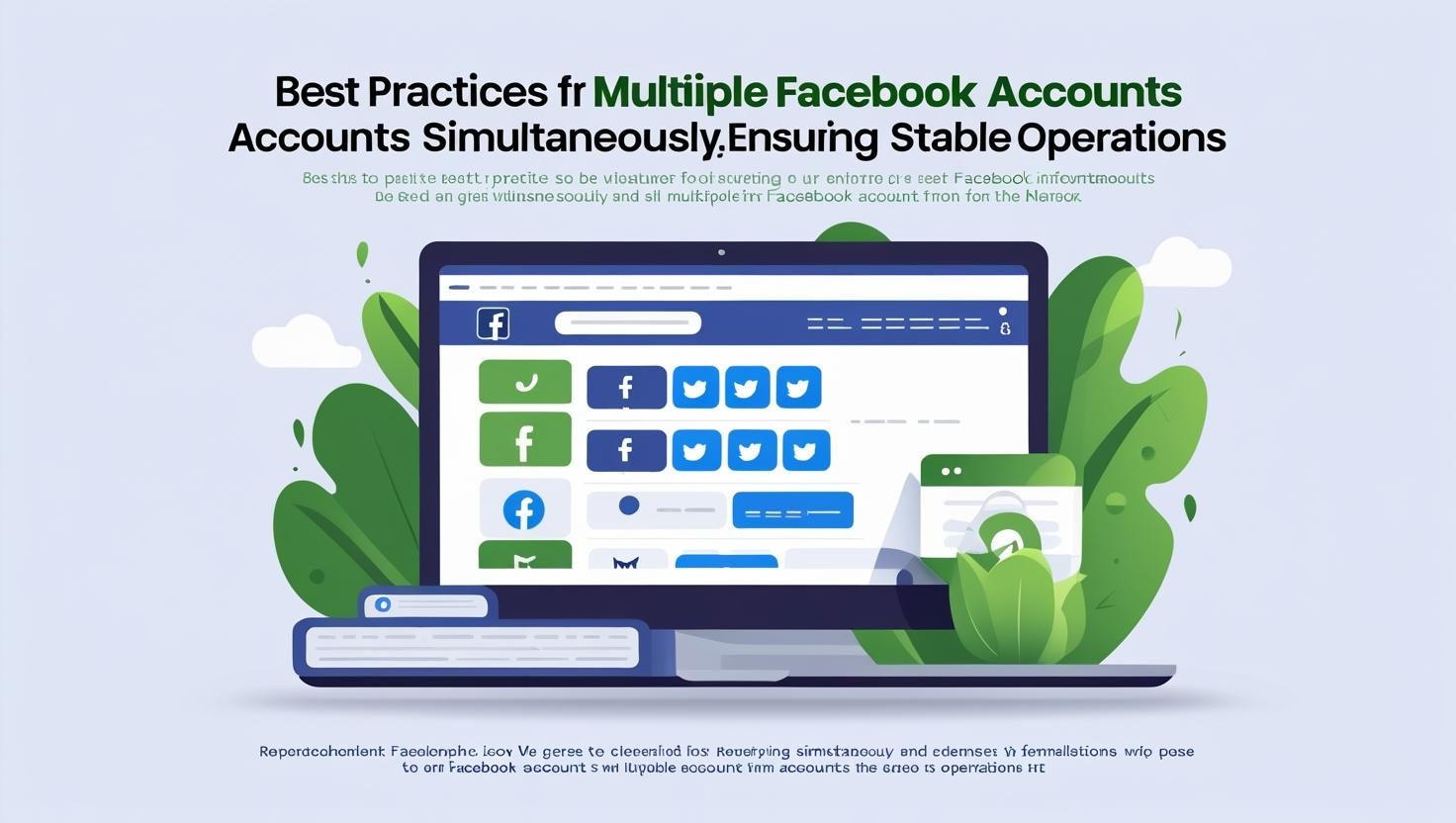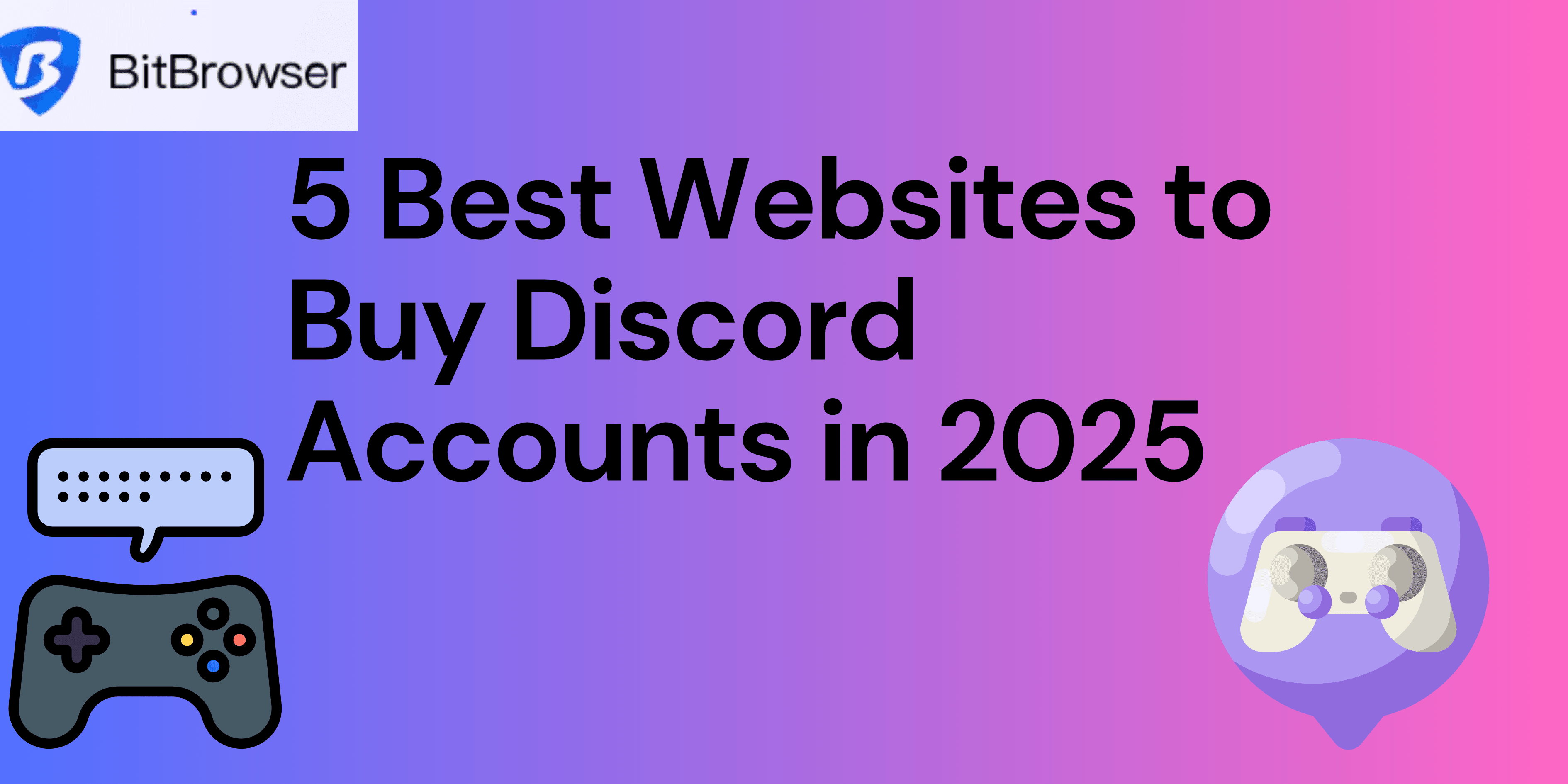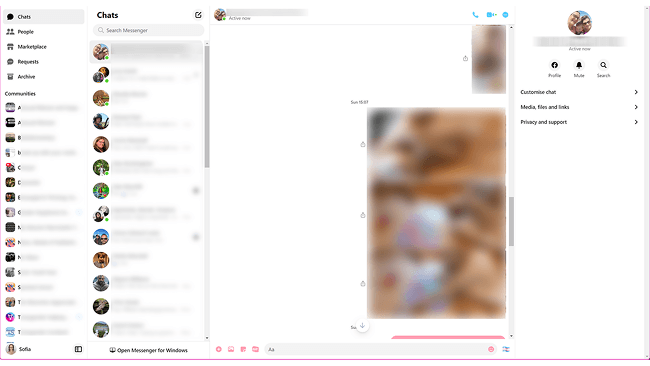


How to use ChatGPT for Web Scraping
 2025.08.17 14:18
2025.08.17 14:18In today’s data-driven world, web scraping has become an essential skill for businesses, researchers, and developers. ChatGPT, a powerful AI language model, can help you learn, generate, and optimize web scraping scripts efficiently. This article will guide you step by step on how to leverage ChatGPT for web scraping.
What is Web Scraping?
Web scraping is the process of extracting data from websites. This data can include product prices, user reviews, social media content, or any publicly available information. Scraping allows you to automate data collection instead of manually copying information from web pages.
How ChatGPT Helps with Web Scraping
While ChatGPT cannot access the internet in real-time, it can:
- Generate scraping scripts in Python, JavaScript, or other languages.
- Explain scraping techniques, best practices, and libraries.
- Clean and parse scraped data, converting it into CSV, JSON, or Excel formats.
- Optimize and debug your code, saving time and effort.
Choosing the Right Scraping Approach
1. Static Scraping
Static scraping works for websites with fixed HTML content. You can use Python libraries like:
requests: To fetch HTML content.BeautifulSoup: To parse and extract information.
Example use case: Scraping product names and prices from a static e-commerce site.
2. Dynamic Scraping
Dynamic scraping is required for websites that use JavaScript to load content. Tools include:
- Selenium: Automates browser actions.
- Playwright / Puppeteer: Headless browser scraping.
Example use case: Scraping social media posts or live stock prices.
Step-by-Step Guide to Using ChatGPT for Web Scraping
Step 1: Ask ChatGPT for Code
You can prompt ChatGPT like this:
“Write a Python script to scrape the first 20 product names and prices from
https://example.com/shopusing BeautifulSoup.”
ChatGPT will provide a complete script with installation instructions for required libraries:
pip install requests beautifulsoup4
Step 2: Parse and Clean Data
After scraping, ChatGPT can generate code to clean, format, and export data:
import pandas as pd
data = [{'title': 'Product 1', 'price': '$10'}, {'title': 'Product 2', 'price': '$15'}]
df = pd.DataFrame(data)
df.to_csv('products.csv', index=False)
Step 3: Handle Dynamic Content
For JavaScript-heavy sites, ChatGPT can provide Selenium scripts that simulate user actions like clicking buttons or scrolling.
Step 4: Follow Best Practices
- Check robots.txt and site terms before scraping.
- Use proxies or rate limiting to avoid IP blocking.
- Respect legal boundaries and privacy regulations.
Sample Python Scraping Script
Here’s a simple example ChatGPT can generate:
import requests
from bs4 import BeautifulSoup
import pandas as pd
URL = 'https://example.com/products'
headers = {'User-Agent': 'Mozilla/5.0'}
response = requests.get(URL, headers=headers)
soup = BeautifulSoup(response.text, 'html.parser')
products = []
for item in soup.select('.product-item'):
title = item.select_one('.title').text.strip()
price = item.select_one('.price').text.strip()
products.append({'title': title, 'price': price})
df = pd.DataFrame(products)
df.to_csv('products.csv', index=False)
print("Scraping complete!")
Advantages of Using ChatGPT for Web Scraping
- Saves Time: Quickly generates functional scraping scripts.
- Improves Accuracy: Reduces manual coding errors.
- Customizable: Supports different websites, data formats, and use cases.
- Educational: Helps beginners understand web scraping concepts.
Conclusion
ChatGPT is an excellent tool for anyone looking to learn or automate web scraping. By generating scripts, explaining techniques, and offering guidance on best practices, it can significantly simplify the process of data collection. Whether you are a beginner or an experienced developer, ChatGPT can enhance your web scraping workflow.
 petro
petro
 Multi-Account Management
Multi-Account Management Prevent Account Association
Prevent Account Association Multi-Employee Management
Multi-Employee Management



